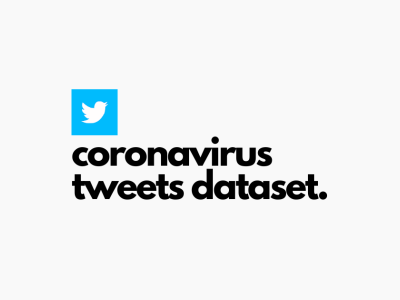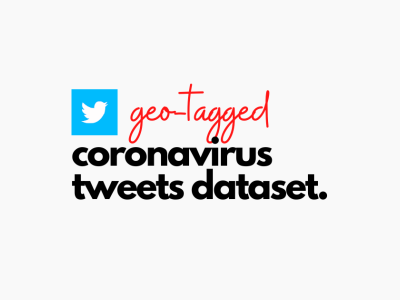Brain Tumor MRI Classification Dataset

- Citation Author(s):
-
Sartaj Bhuvaji
- Submitted by:
- fangyuan chen
- Last updated:
- DOI:
- 10.21227/szas-tw02
- Links:
 651 views
651 views
- Categories:
- Keywords:
Abstract
Brain tumors are among the most severe and life-threatening conditions affecting both children and adults. They constitute approximately 85-90% of all primary Central Nervous System (CNS) tumors, with an estimated 11,700 new cases diagnosed annually. The 5-year survival rate for individuals with malignant brain or CNS tumors is alarmingly low, at 34% for men and 36% for women. Brain tumors are categorized into various types, including benign, malignant, and pituitary tumors. Early and accurate diagnosis, coupled with effective treatment strategies, is critical to improving patient outcomes. Magnetic Resonance Imaging (MRI) is the most reliable method for detecting brain tumors, producing large volumes of image data for analysis. However, manual examination of these images can be prone to errors due to the inherent complexity of brain tumors.Automated classification methods leveraging Machine Learning (ML) and Artificial Intelligence (AI) have demonstrated significantly higher accuracy than manual analysis. Advanced deep learning techniques, such as Convolutional Neural Networks (CNN), Artificial Neural Networks (ANN), and Transfer Learning (TL), offer a promising solution for brain tumor detection and classification. These systems can support healthcare professionals in making more precise diagnoses, ultimately improving patient care worldwide.
Instructions:
The dataset includes MRI images that are organized into separate folders for training and testing purposes. Within each of these folders, there are four subfolders, each containing MRI scans corresponding to a specific tumor class.








I'd like to download this dataset
i want to download this data set
i'd like to download this data set
i'd like to download this data set. how could i get?